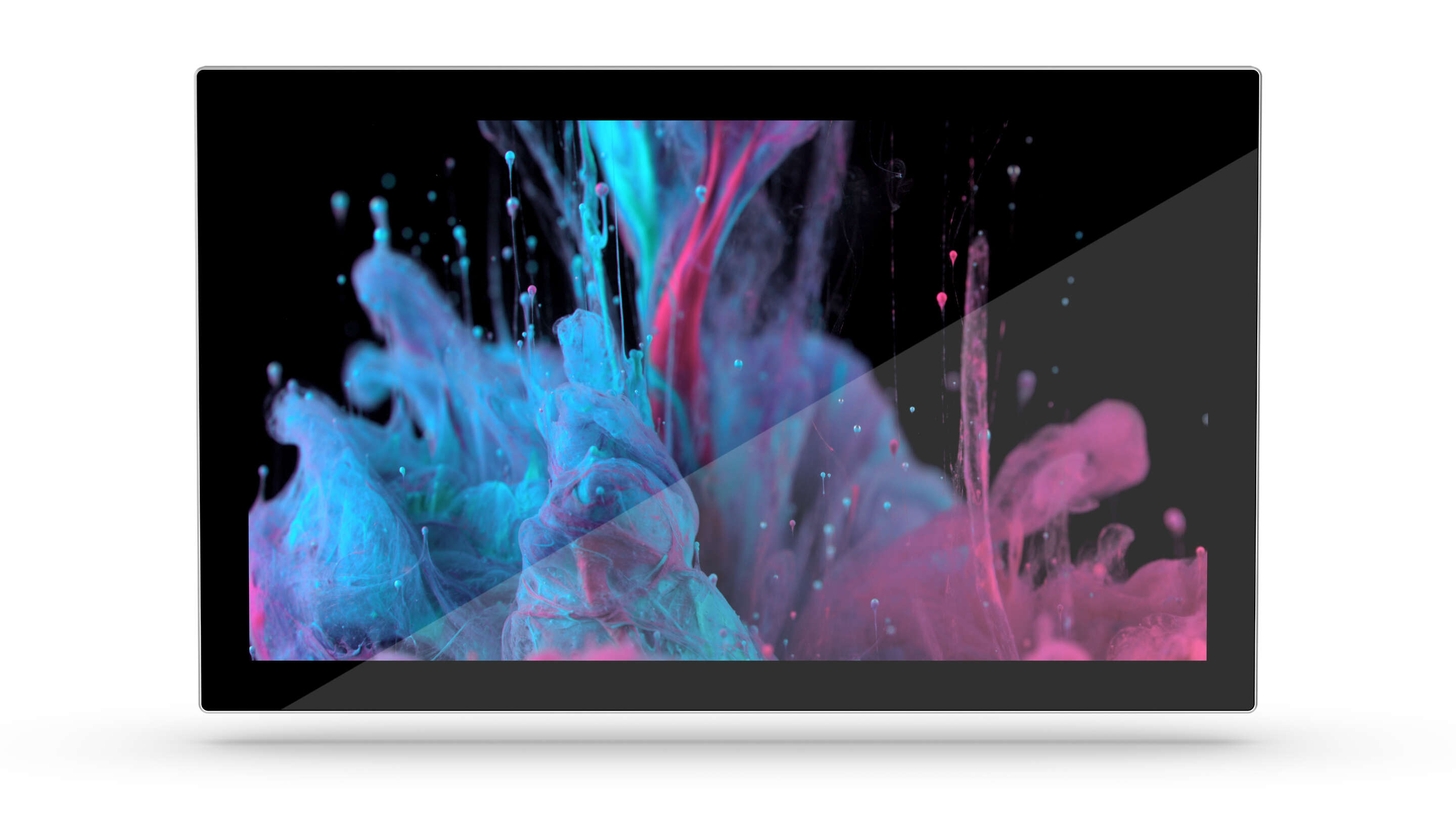Open Frame Touch Design - but with know-how
At first glance, the integration of a touch screen with an LCD display may seem like a banal assembly task. However, our many years of experience and cooperation with numerous manufacturers show that many companies are overwhelmed with the sometimes very complex task of touch display integration.
Risk minimization through ready-made, high-quality subassemblies
In many cases, there is too little knowledge of the respective touch technologies, their functions and the associated advantages and disadvantages with regard to the future area of application as well as the use of suitable materials.
Quality and reliability
Frequently occurring errors during integration without sufficient technical facilities, experience and know-how are:
- Damage to the touchscreen before and during the assembly process
- Damage to the tail in the assembly process
- Incorrect construction design regarding the assembly of the individual components
- Incorrect determination of the size of the viewing and operating area
- Use of unsuitable seals and adhesive materials
- Incorrect determination of the mass of seals and adhesive tapes
- Gaskets are "squeezed" during assembly
- Touch and display are not glued together completely dust-free
- Bonding of the touchscreen to the frame or front panel (rear mount design)
- Determination of an incorrect distance between touchscreen and display
- Specified tightnesses are not achieved (e.g. IP 68)
- Unsuitable mounting method in terms of technology and/or application (Front Mount, Rear Mount, Sandwitch Mount)
- Selection of incorrect materials for the frame, front panel or enclosure
- Material expansions are incorrectly calculated with regard to intense heat or cold
- Material behavior is insufficiently taken into account with regard to strong temperature changes, vibration or force
- Lack of suitable cooling systems in high-heat applications
- Bonding glue is not matched to the contrast and luminosity of the LCD display
- Optical bonding does not take place in the clean room or dust inclusion occurs
- UV, anti-glare or infrared protection filters are not laminated or are poorly laminated
- Cleaning of the finished touch display is done with the wrong cleaning agents
- Insufficient reduction of electromagnetic radiation
Even this brief overview shows that a touch display integration must take numerous factors into account so that there are no restrictions on operational readiness or even failure of the touch display or the entire device over the duration of the product life cycle.
